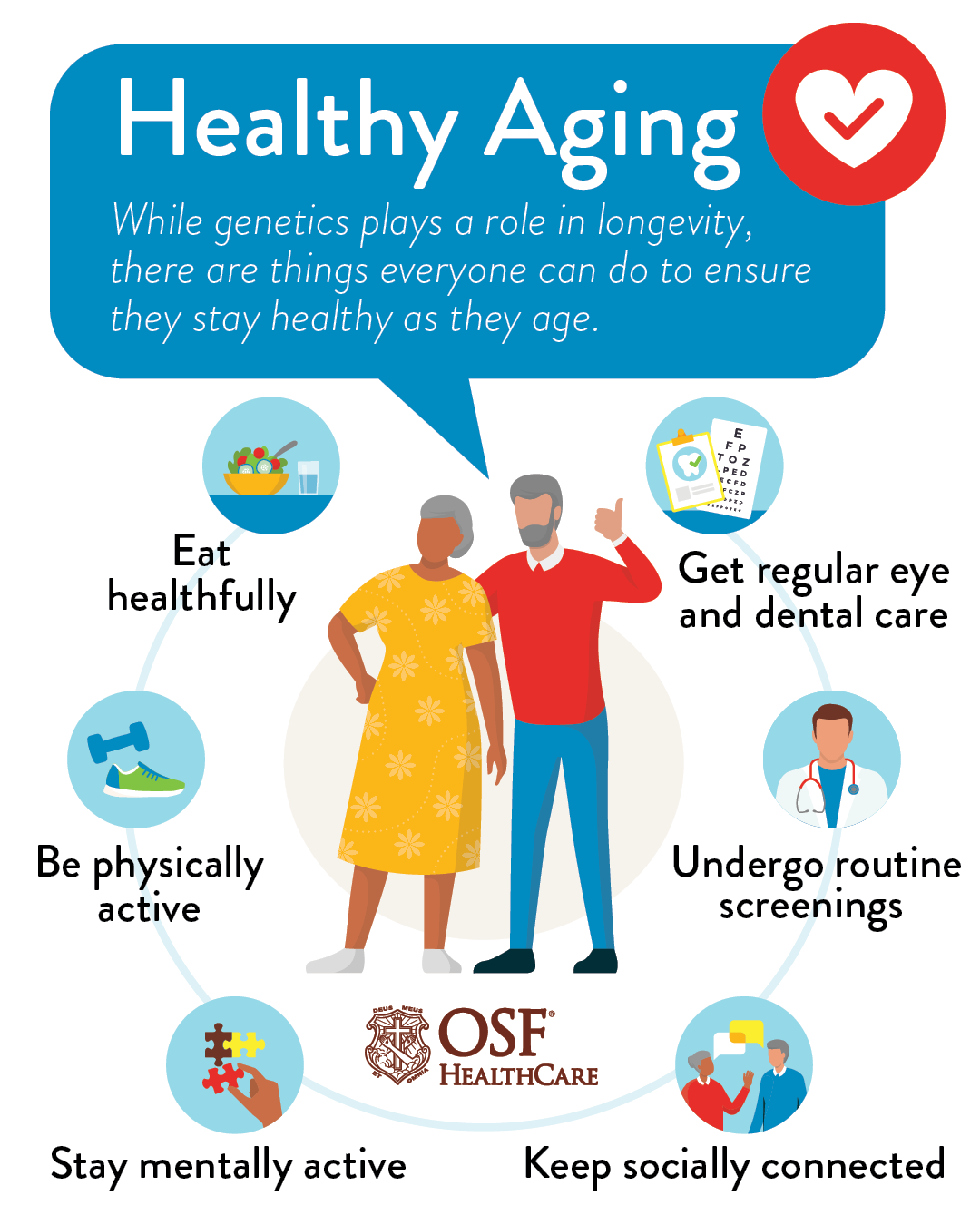As a parent, I am always on the lookout for educational and fun gadgets that can engage and inspire my children. With technology becoming an integral part of our lives, it’s important to introduce kids to the right tech tools at an early age, striking a balance between screen time and productive learning. In this blog post, I will share some of my favorite tech gadgets that not only entertain but also educate children, providing them with a head start in today’s digital world.
1. Coding Kits:
Coding is quickly becoming an essential skill, and there are many kits available that make it fun and approachable for kids. One such kit is the “LEGO Boost Creative Toolbox,” which combines the creativity of LEGO building with the logic of coding. With this kit, children can build and code their own creations, like robots and vehicles, using an intuitive app. It’s a great way to introduce kids to the basics of programming and problem-solving.
2. Interactive Storybooks and Augmented Reality:
Reading is fundamental to a child’s development, and technology has taken it to new heights with interactive storybooks and augmented reality (AR). Companies like “Osmo” and “Wonderbly” offer storybooks that come to life through interactive games and lessons. AR technology allows characters to jump off the page and engage with kids in a whole new way. These tools not only promote literacy but also encourage imagination and cognitive development.
3. STEM Kits:
STEM (Science, Technology, Engineering, and Mathematics) education is vital for the future, and there are numerous STEM kits available that make learning these subjects exciting for kids. “littleBits” is a kit that introduces children to electronics and circuits through modular magnetic components. Kids can create their own inventions, like a voice-activated robot or a musical instrument, fostering their creativity and problem-solving skills. Other STEM kits, like “Snap Circuits” and “Thames & Kosmos,” offer a variety of experiments that cover different scientific principles.
4. Educational Tablets:
Tablets can be a double-edged sword when it comes to kids and technology. However, when used responsibly and with the right apps, tablets can be an invaluable educational tool. “LeapFrog” and “Amazon Fire Kids Edition” tablets are designed specifically for children, offering a range of learning activities, games, and eBooks. These tablets have parental controls, ensuring that kids have access to age-appropriate content while limiting screen time.
5. Virtual Reality:
Virtual reality (VR) is not just for gamers; it can also be a powerful educational tool. “Google Expeditions” allows kids to embark on virtual field trips, exploring landmarks, planets, and historical events from the comfort of their own homes. This immersive experience provides a deeper understanding and appreciation of the world around them. Additionally, VR can be used for interactive learning experiences, such as anatomy lessons or interactive storytelling.
6. Robotics:
Introducing kids to robotics not only sparks their interest in technology but also promotes critical thinking and problem-solving skills. Robotic kits, like “LEGO Mindstorms” and “VEX IQ,” offer hands-on building and programming experiences. Kids can design and build their robots, learning about mechanics and programming along the way. These kits often come with challenges and missions, fostering teamwork and creativity.
7. Science Experiment Kits:
Science experiment kits provide children with the opportunity to explore and engage in hands-on learning. Brands like “Thames & Kosmos” and “Little Passports” offer a wide range of experiment kits, covering topics such as chemistry, physics, and biology. From creating slime to building volcanoes that erupt, these kits make science exciting and accessible for kids. They encourage curiosity and scientific thinking while teaching important concepts in a fun and interactive way.
It’s important to remember that while these gadgets can enhance a child’s learning experience, they should not replace traditional play and interactions. Technology should be used as a tool alongside other forms of learning and exploration. Setting limits on screen time and ensuring a healthy balance between tech and non-tech activities is crucial. When used responsibly and in moderation, educational tech gadgets can be a valuable addition to a child’s learning journey.




